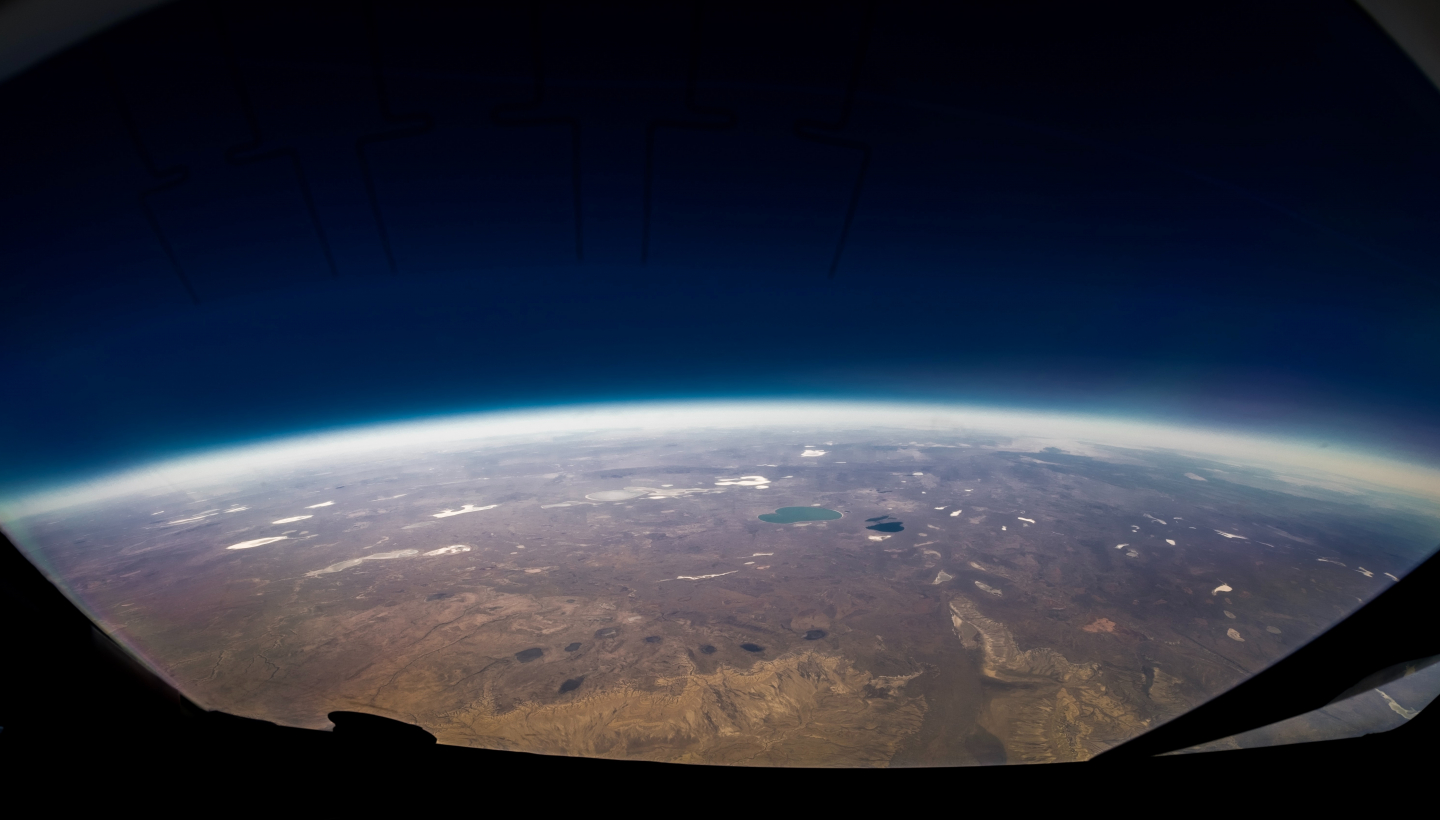For former NASA Director of Innovation and Engineering Omar Hatamleh, AI and knowledge transfer between industries will be key to space exploration that will allow us to reach other planets and promote global technological advancement on Earth
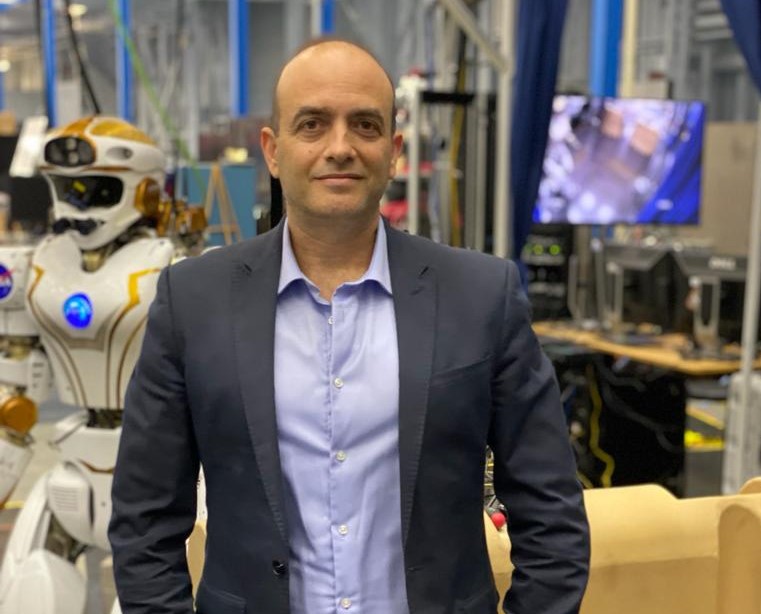
Photo: Omar Hatamleh has been working with NASA for more than 25 years and bringing an innovation-based approach. Credit: Courtesy of interviewee Omar Hatamleh
By Patricia R. Guevara
More than 8,000 kilometres separate Granada (Spain) from NASA's Johnson Space Center (JSC) in Texas (USA). This is a very small distance compared to the 384,400 kilometres from the Earth to the Moon, or the 225 million kilometres (on average) that separate it from Mars. All these points converge, in one way or another, in the Director of Innovation and Engineering of the JSC, Omar Hatamleh.
Born in the aforementioned Spanish city, Hatamleh has been linked to NASA for more than 25 years, from where he has contributed through innovation to making dreams such as a prolonged human settlement on the lunar surface and the colonization of the red planet come true. He has also been Executive Director of the Space Studies Program. According to the expert, who is now focusing on studying how artificial intelligence (AI) will change the world as we know it, knowledge transfer between sectors will be essential in order to cut down on kilometres and continue to make progress in space exploration.
How has NASA been transformed throughout its history, since its founding in 1958?
There have been dramatic and important changes: from competition to collaboration. In the 1960s, it was in the midst of a space race between the Soviet Union and the United States. Over time, the relationship between countries became collaborative, as has happened with the International Space Station, where all nations work together to create a laboratory in space. Today everything is an international effort.
"If we want to get to deep space, we have to look beyond our own means and collaborate."
What's the next change that needs to happen?
The next step is to see how we support start-ups, small businesses and aerospace companies to lead some of the challenges ahead. If we want to get into deep space we have to look beyond our own means and collaborate. It is key to find a synergy between space agencies and commercial companies.
That is why we are supporting companies like SpaceX which, with our knowledge and funding, and their leaner structures and simpler management processes, can take more risks and be more innovative than we are.
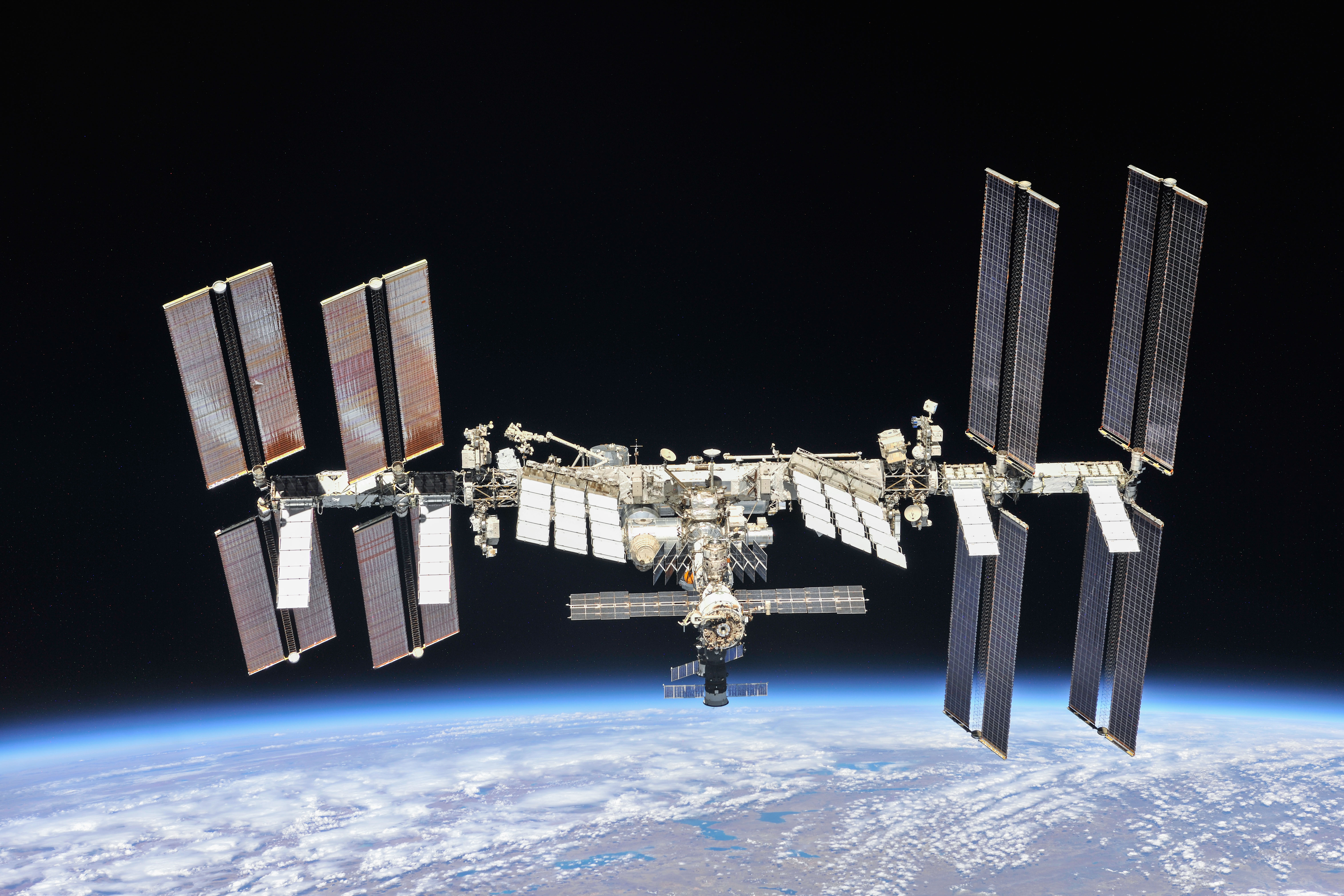
Photo: The International Space Station is a key example of collaboration between countries in the study of space. Credit: NASA.
Are there barriers to innovation within NASA? How is innovation encouraged?
NASA is a government institution, and these types of institutions tend to have a bureaucratic nature that can be an impediment to innovation. It must be shown that innovation always brings value, and that it can be very different: it can involve spending billions of dollars or it can be based on a small, simple idea.
For example, a bicycle company in the Netherlands almost went bankrupt because they broke down during home transport. After thinking about how to make the bikes more robust, they decided to put the image of a TV in the box so that the delivery men would be more careful with them. On the other hand, Apple became famous for its computers, but they made a million-dollar investment to switch to smart phones. So sometimes you have to spend money on very expensive innovation to change your company substantially, and sometimes you don't.
And that innovation has to involve the whole company, and at NASA it's open to all industries. That's when different ideas come up and that's where the best solutions come from. It also happens in a reciprocal way, from NASA to the outside. There is no longer a single industry-focused innovation.
How does this knowledge transfer between aerospace and other sectors take place?
We have a department called the Technology Transfer Office. If you want, you can see everything we produce and ask for a transfer. We do not want what NASA develops to remain in a drawer: everything we do is aimed at creating value.
The key is to find out how to use technologies from one field to another. This is where the concept of exaptation comes in. For example, birds have feathers, but the feathers were not designed to fly, they were designed for temperature regulation. Then they began to develop colors for camouflage and other completely different uses. This is the same: a technology in one industry can be used for something completely different in another.
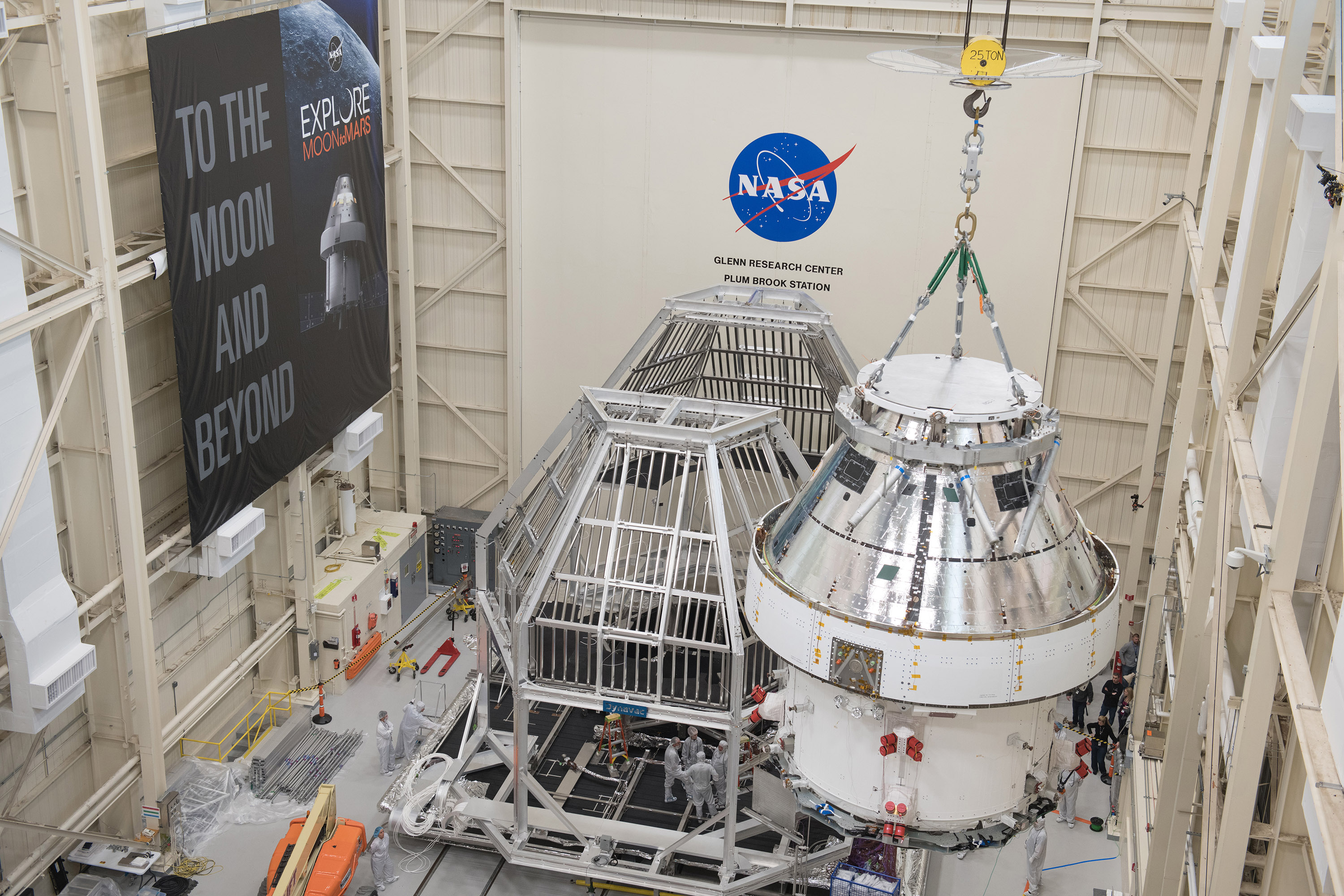
Photo: NASA is constantly working on the design of new spacecraft that will take us to distant planets, as in the Orion project. Credit: NASA.
Any examples of technology that could be adopted in space travel?
3D printing was originally intended to design components and hardware. Now it is used to create food, clothing and medicine, and even to build houses. This last application can be very useful for us because in space we don't have all the parts we need, but we can use useful resources like sand to print anything outside the ship from a file.
If we talk about innovation in materials, what are the latest developments that serve both to explore the solar system and other industries?
The development of materials is very important for the aerospace industry. If you can get a material that is lightweight and can accumulate heat without degrading, you will be successful. For example, the latest research points to graphene as a key element, also in nanotechnology. It also has many other applications, such as in the medical field.
What do you think will be the most important technology in the coming years?
We have a lot of technologies that will be very relevant: augmented reality, drones, autonomous cars, 3D printing, quantum computing and synthetic biology. But, in my opinion, the technology that is going to have the greatest impact and transformation on humanity is artificial intelligence.
"We're going to go from a generalist AI to an AI very much like the human brain and from there to an artificial super-intelligence that will be crazy"
The AI has been promising this revolution for years, what else does it have to offer?
To understand its potential, we should not rely on what we now understand by artificial intelligence, because now we only have a very weak AI. In the next six or seven years we're going to go from a generalist AI to an AI very much like the human brain, and from there to an AI super-intelligence that will be crazy.
In engineering we'll be able to see how millions of pieces behave in a matter of seconds to know which one to choose. In the medical field, we will be able to cross medical books and databases of millions of patients to obtain more precise and faster diagnoses. In education, we will be able to create personalized learning methods. We already have systems that create impressive paintings, fabulous poems and incredible music. So let's imagine what will happen in 10 years.
How will artificial intelligence be applied in space exploration?
From certain astronomical problems, which are now analyzed manually and we can use AI for that, to the design of specific components, for example, of autonomous vehicles, for which we can use intelligent algorithms that analyze all possible conditions. An artificial super-intelligence will also be able to travel in a spacecraft acting as an assistant, doctor, mechanic or technician.
Precisely, he has just published the book BetweenBrains together with the innovation executive George Tilesch, about how AI is going to impact our society.
We are on the threshold of the era of artificial intelligence and in this book we explore how this technology is the heart not only of the economy and politics, but of our minds, our work and our homes. We are going to have to adapt at breakneck speed to this new paradigm, and to do so we have to be informed citizens and leaders.
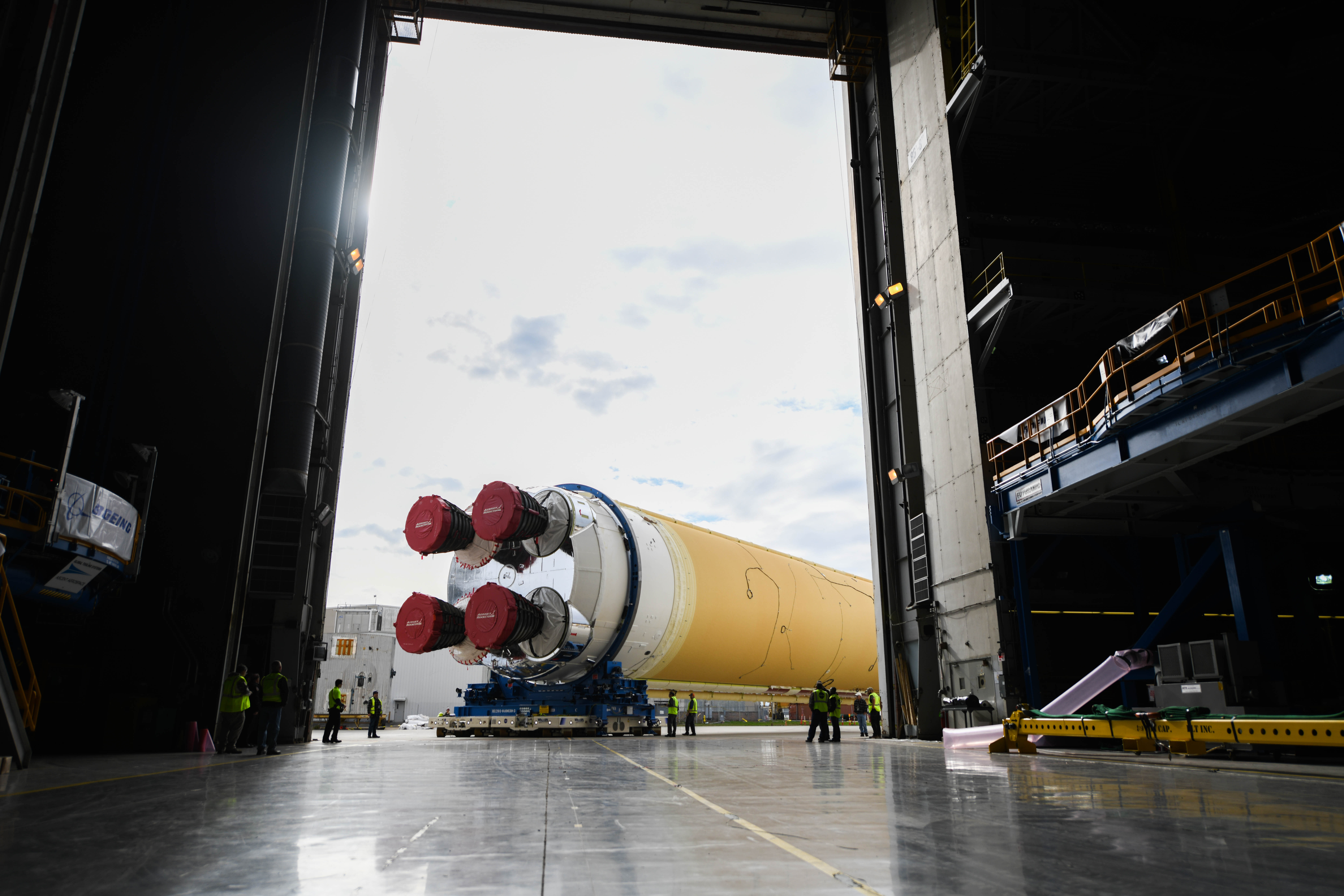
Photo: The Space Launch System project is another step in the development of rockets to take humanity to the moon. Credit: NASA.
In your opinion, what is the most promising and exciting project currently underway at NASA?
With programs like KEPLER we are discovering planets in habitable zones, very similar to the Earth and that can have life. If we talk about exploration, we have the Orion project and the SLS [Space Launch System] working on the vehicles that are going to take us to distant planets like Mars. There's also a lot of work going on in terms of the microgravity of humans and its implications.
"Space exploration is of great value in inspiring new generations in the STEM professions.
There are people who think that we should not explore outside the Earth until we have solved the problems here, what would you say to them?
That the benefits of space exploration are obvious and quantifiable. It has enormous potential to generate employment and boost the economy: for every dollar we spend on space exploration there is a return of between three and six dollars. In addition, much of the technology developed at NASA is used on Earth, for example, software and satellites for weather, traffic and pollution. Not least, it is invaluable in inspiring new generations in the STEM [science, technology, engineering and mathematics] professions. The more inspired you get, the more engineers, scientists, physicists and mathematicians you will have. They will be the workforce of the future and the engine that will drive the economy.
After all your life in the space industry, what do you have left to see?
I believe that in the next decade we can have a fixed base on the Moon where people can live permanently. It would be tremendously inspiring and exciting for space exploration and a huge step forward for humanity: we could send things into space at less cost (because we wouldn't need to leave Earth's orbit), we would develop infrastructure far from Earth for the first time, and we would learn to manage resources like sand, oxygen, food and water in situ with an eye to exploring other planets. We will be able to learn incredible things about space.
